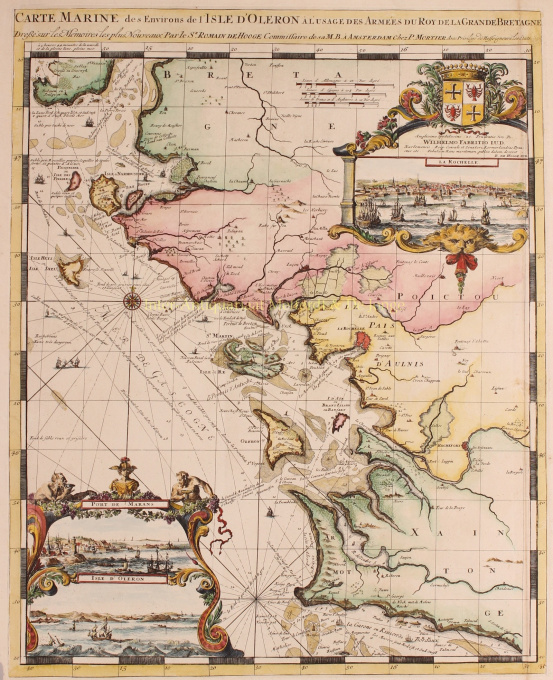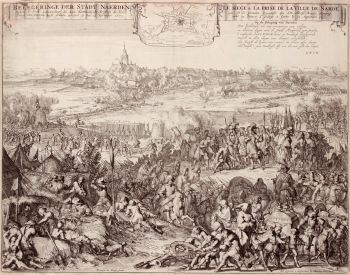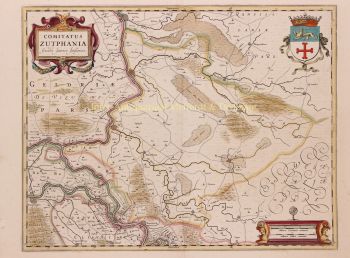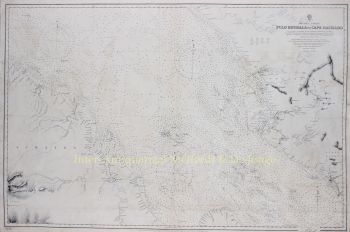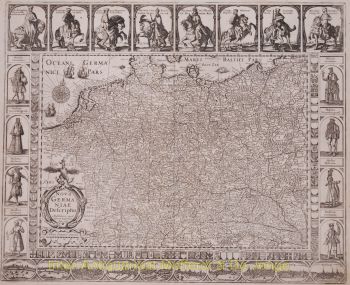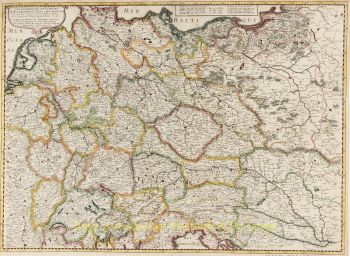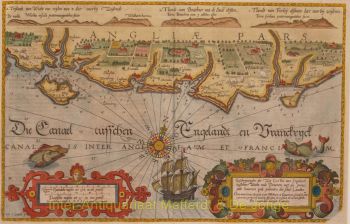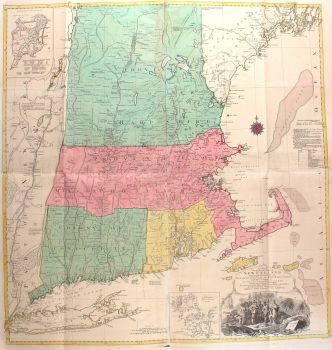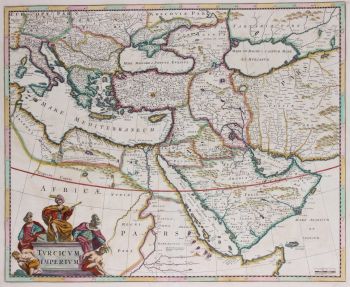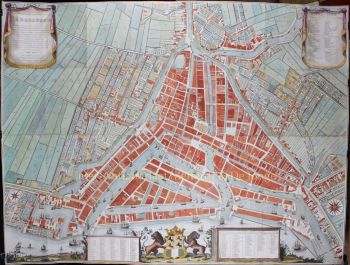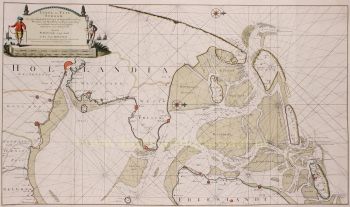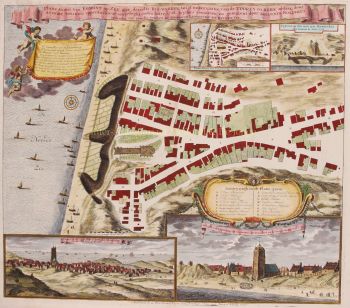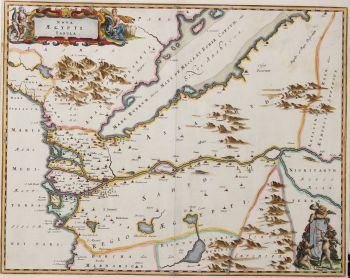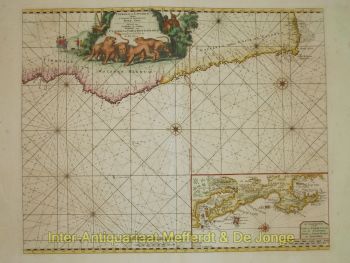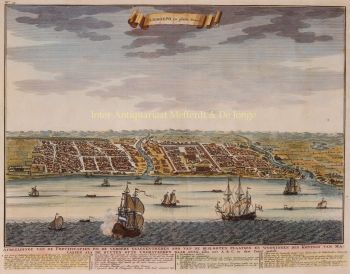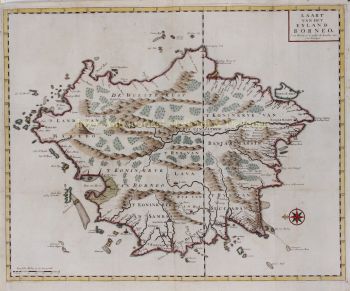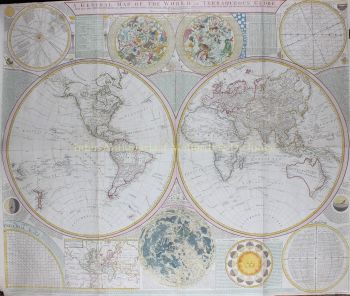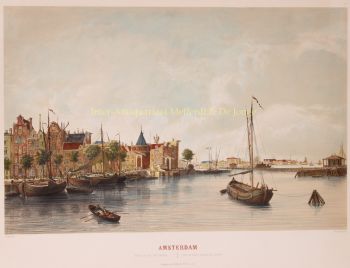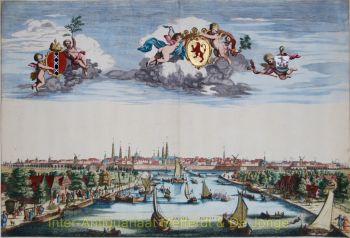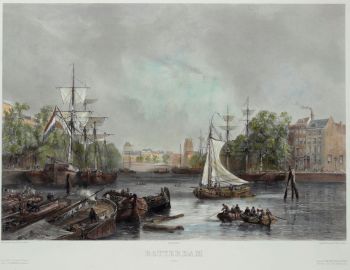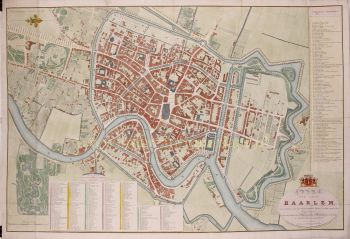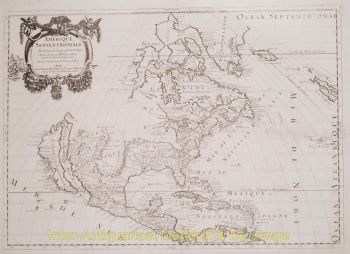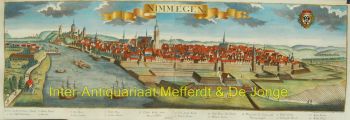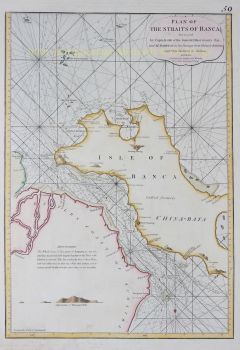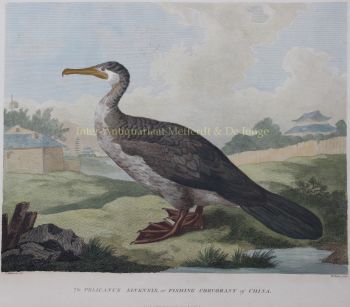France- Charente-Maritime 1693
Romeijn de Hooghe
€ 1.350
Inter-Antiquariaat Mefferdt & De Jonge
- About the artwork
BEAUTIFUL CHART OF THE FRENCH ATLANTIC COAST "Carte Marine des Environs de l’Isle d’Oleron", copper engraving made by Romeijn de Hooghe and published by Pieter Mortier of Amsterdam in 1693. Coloured by a later hand. Size: 59 x 48 cm. Elaborately etched and engraved chart of the French Atlantic of the coast off nowaday Charente-Maritime, extending from the Gironde Estuary in the South to the mouth of the Loire and Brittany (Bretagne) in the North, centered on the Pertuis d'Antioche strait with Îsle de Ré and La Rochelle. With a history of invading English, Îsle de Ré’s main port Saint-Martin was fortified in 1681 as a component of the belt of forts and citadels built to protect the military harbour of Rochefort (on the river Charente). With large inset views of La Rochelle, the port Marans and the island of Oléron, along with a decorative cartouche and dedication coat of arms. The Gironde is subject to very strong tidal currents, still today great care is needed when navigating the estuary. The lighttower of Cordouan stands at its entrance, already in 1694. Throughout the map there is detailed navigational information, such as currents, tides, the nature of the seabed, the harbours and indications of the water depths, reefs, shoals and sandbanks. The map is from the “Cartes marines a l'usage des armées du Roy de la Grande Bretagne”, the second part of the “Neptune François”, in which charts are larger and more lavishly decorated than those of any preceding book of this kind. This magnificent work was intended more as a show piece than something to be used by pilots at sea. (According to Cor Koeman it is “the most expensive sea-atlas ever published in Amsterdam in the seventeenth century”.) This part of the atlas, which contains nine charts, constitutes "the most spectacular type of maritime cartography”. It was prepared for the use of William III who needed accurate information on the Channel coasts for his war plans against Louis XIV of France. In 1694 he sent an expedition to attack several of the ports which are illustrated in the etched vignettes that decorate these charts. What has won their lasting fame, however, is the identity of their author: the artist-engraver Romeijn de Hooghe (1645-1708). Since he undertook all stages of production himself, the charts exhibit a rare harmony of design and execution. The allegorical subjects which characterise his designs are here transformed into dramatic cartouches. Price: Euro 1.350,-
- About the artist
Romeyn de Hooghe (1645, Amsterdam – 1708, Haarlem) was an etcher, draftsman of prints, painter, sculptor, goldsmith, medalist, lawyer, publisher of maps and author of historical writings.
In 1673 Romeyn married Maria Lansman, the daughter of a minister. They lived in Amsterdam on the Reguliersgracht. He illustrated books, for example Hieroglyphica of Merkbeelden der oude volkeren (1735), a well known emblem book and sourcebook for classical mythology and its iconography. He also illustrated books of Constantijn Huygens and Hugo de Groot. In 1675 he owned an art store in the Kalverstraat.
In 1677 he illustrated Coenraad van Klenck’s trip to Moscow. He produced many etches, among others the fireworks on the Hofvijver in the Hague. A number of De Hooghe’s etches were disapproved by some people, since they would show shameful subjects. On the other hand he was esteemed as a great graphic satirist. De Hooghe was a propagandist of the anti- French politics. He painted large panels for the rooms of the mayor’s office in Enkhuizen. In 1690 he moved to Haarlem, where he started lessons in pattern drawing for children on the Nieuwe Gracht 13.
Are you interested in buying this artwork?
Artwork details
Related artworks
- 1 - 4 / 24
- 1 - 4 / 12

